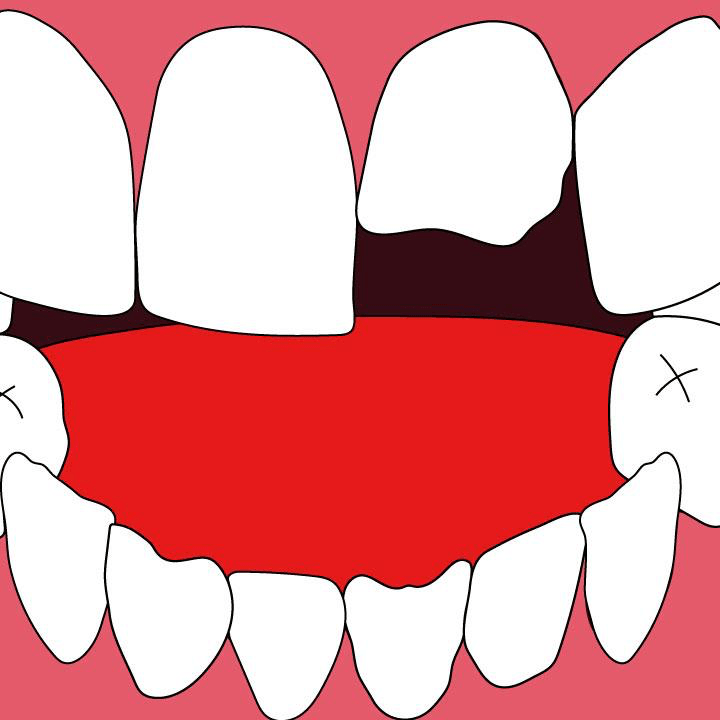By Justin Lyons
What are some of the craziest things you’ve done with your teeth at home? Have you tied one end of a string to your loose tooth and the other end of a string to your front door, then slammed it to pull the tooth out? Have you used pliers to pull a tooth? How about bleaching your teeth?
With viral TikTok and YouTube videos popularizing these practices, healthcare professionals are reasonably and rightfully concerned.
Dentist and author of Age With Style: Your Guide To A Youthful Smile & Healthy Living Dr. Nammy Patel wonders why anyone would perform self-surgery and risk trauma.
“Even before the pandemic, some people were resorting to DIY measures while trying to be cost-effective, but many of these actions bring significant risk to the teeth and gums,” Patel said. “People aren’t realizing that while it may be interesting and cheaper to try these dental actions on their own, it’s going to cost you more money, time, and pain before the mistakes are corrected by a professional.”
She specifically cites three at-home procedures people have taken up after losing insurance or while staying home. You should NOT be trying these three things at home:
1. Pulling a tooth: Dr. Patel says to never do this yourself. It can cause cavitation and infections in the bone that used to hold the tooth. Dental tools are designed to clean the area and remove the tooth, and trying to pull your tooth at home can lead to a snapped root, infection and surgical procedure. Just don’t do it because it might lead you to the dentist’s office anyways.
2. Bleaching: Dr. Patel says bleaching can lead to gum damage, burning in the gums, gum recession, tooth loss, enamel damage and tooth sensitivity.
“Some of the people you see doing this on social media are using hydrogen peroxide purchased online that has many times the amount allowed in regulated online teeth-whitening products,” Patel said.
3. Filing: First of all, ouch. Second of all, Dr. Patel says you can remove too much of your tooth if you try to smooth rough edges or adjust shape. It can change the way you bite and even cause jaw problems, specifically TMJ disorders.
There is dental care you can provide for yourself at home. In fact, Dr. Patel encourages three things. You SHOULD be doing these things at home:
1. Make your own toothpaste: Dentists provide suggested lists of ingredients as well as lists of toxic ingredients.
“By making toothpaste yourself you can create a better product, one without dangerous chemicals, and it’s cost-effective, too,” Dr. Patel said, adding that her toothpaste contains coconut oil and other natural oils and spices like cinnamon and peppermint.
2. Make your own mouthwash: Over-the-counter mouthwash typically contains alcohol, which is bad for the gums and can dry the mouth. Dr. Patel’s mouthwash is composed of peppermint oil, On Guard, distilled water and salt.
3. Power up your daily oral care: Dr. Patel suggests a water flosser, as it reaches cracks and crevices that typical floss does not.
“It’s easier to use than floss and provides a deeper clean with a pressurized stream of water, which pulsates to blast away food particles and built-up plaque,” Patel said.
She also suggested using a sonic toothbrush over an electric toothbrush to eliminate more bacteria.
It’s important to be careful and knowledgeable when it comes to arm-chair dentistry. If you try to avoid a seat in the dentist’s chair, you might not have a choice if you cause damage irreparable without surgery.
To learn more about Dr. Nammy Patel, you can click right here.






